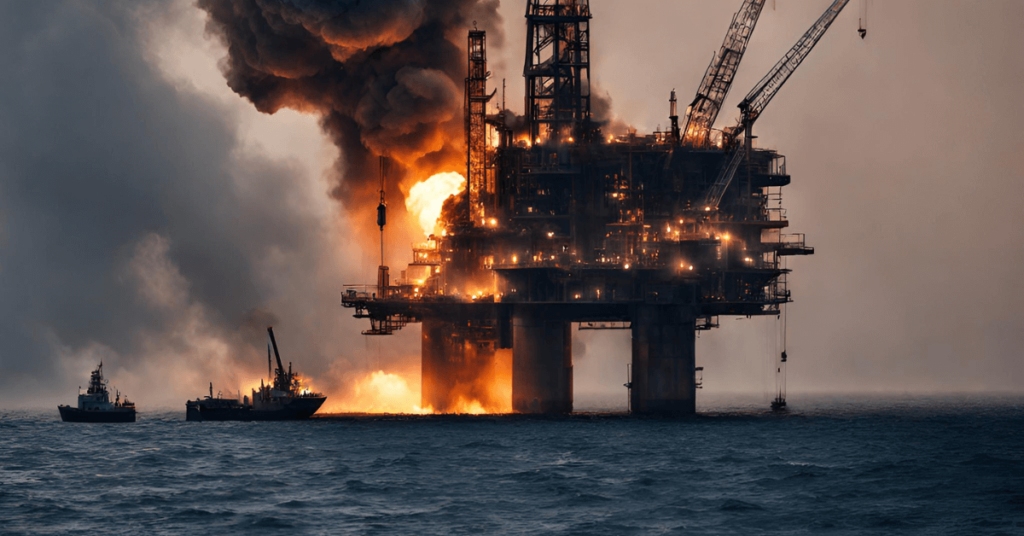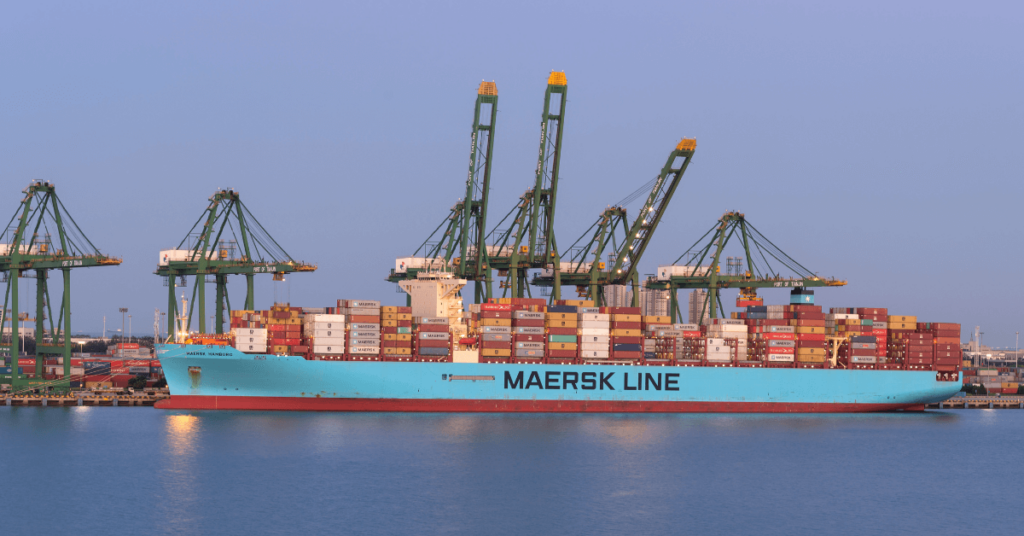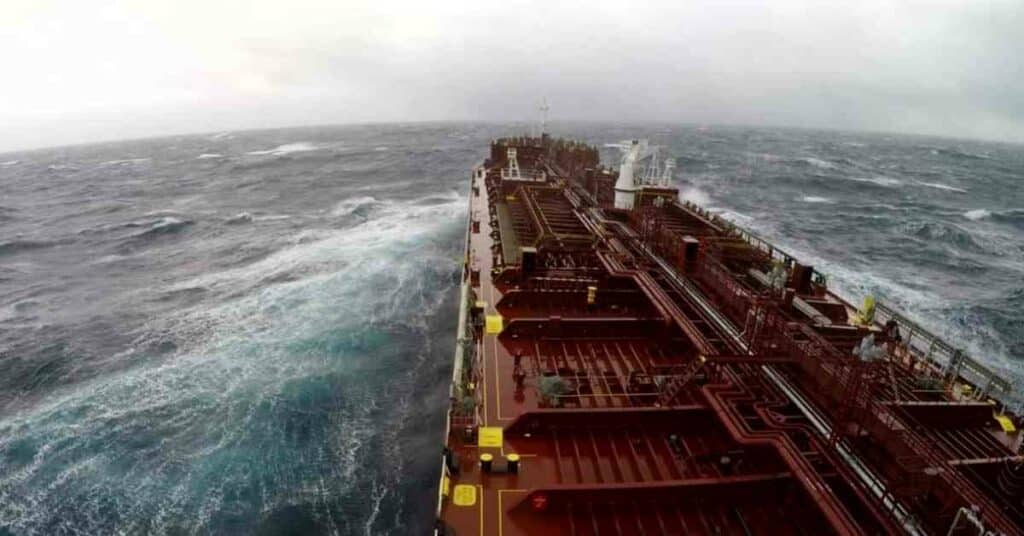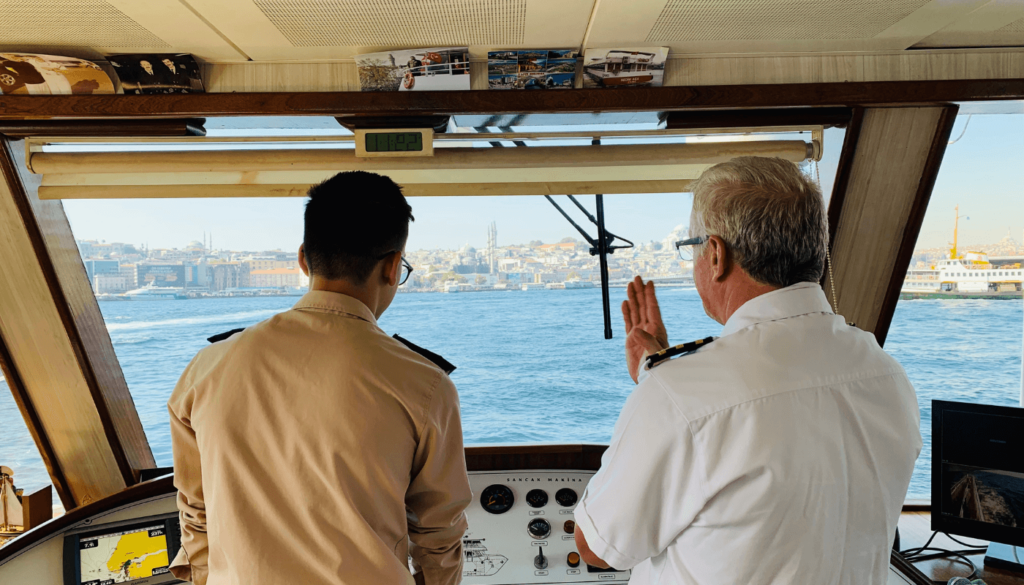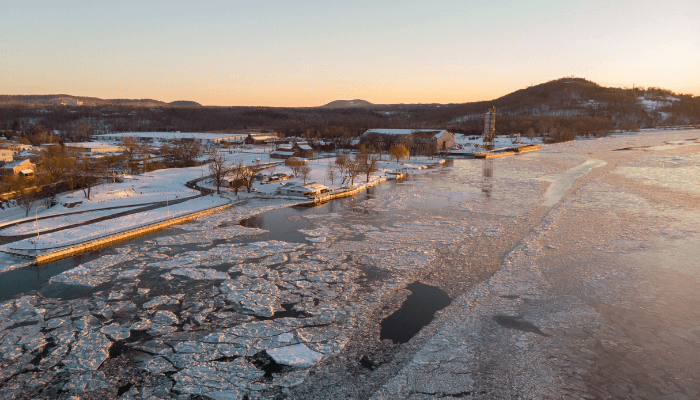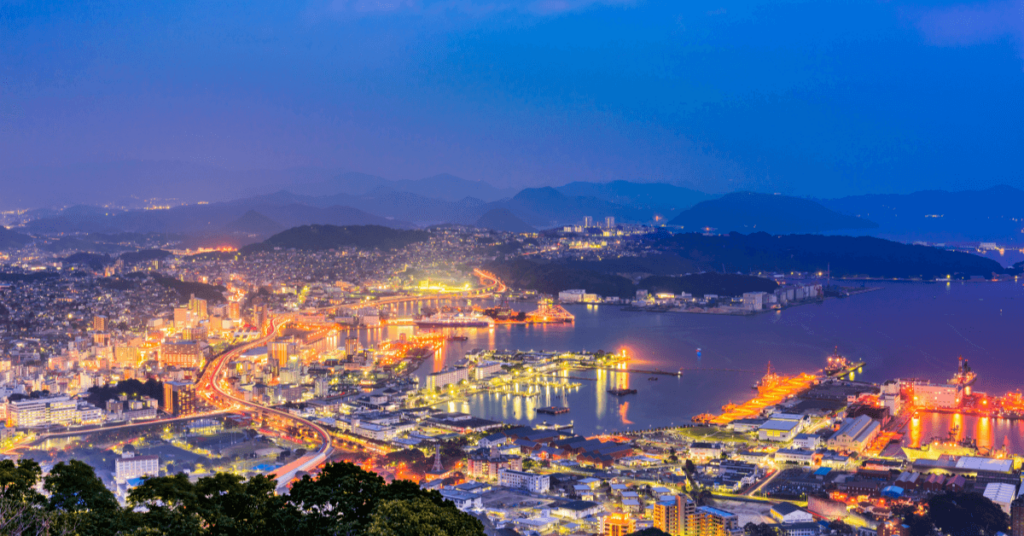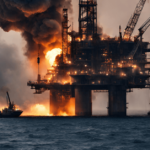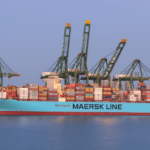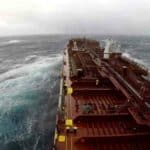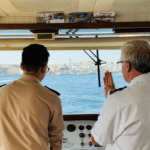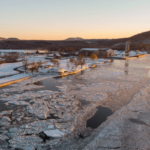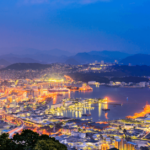10 Largest Fjords In The World
Fjords are long, deep and narrow bodies of water that stretch further inland from the coast. They are beautiful geological formations which appear as U-shaped valleys with steep rocky walls on both sides.
They are often surrounded by mountains and provide a pristine habitat for fauna and flora to thrive. Visiting the largest fjords in the world is a bucket list item for many adventure enthusiasts, as fjords offer opportunities for kayaking, mountaineering and boating.
Most people associate fjords with Norway since it is known to have the most number of documented fjords in the world. However, they are found in other places as well, including New Zealand, Chile, Canada, Greenland, and Alaska, in the US.
Fjords were created by glaciers, and since glaciation forms deep valleys, fjords are thousands of meters deep and are usually the deepest farther inland, where the glacial force is the most potent.
Characteristic features of most fjords include coral reefs and rocky islands or skerries.
Want to know more about the 10 largest fjords in the world? Then read along!
1. Scoresby Sund, Greenland
Scoresby Sund is the largest fjord system spanning 38,000 square kilometres or 23,612 square miles. It is like a system of fjords linked together as branches of a tree-the several branches feed into the main body of the tree. Hence, it is an intricately interconnected system that goes deep inside Greenland.
Its main body is around 109 km, and its longest branch is 347 km. In some places, its depth reaches 600 m or even 1500 m. One traveller said that “Scoresby Sund holds the title of the largest fjord system in the world and simply needs to be seen to be believed.”
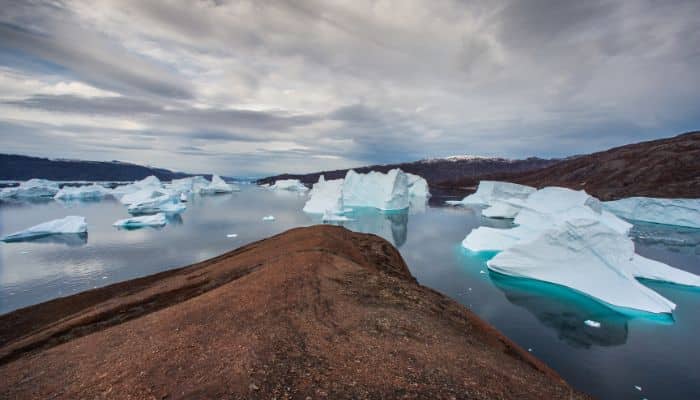
Greenland was inhabited by Inuit settlers for centuries, but Scoresby Sound was discovered by Westerners in the 1800s and named after William Scoresby, who first explored it in 1822. Then came the Scandinavians, who established fishing and hunting settlements like Ittoqqortoormiit in 1924.
One can sight birds like little auks, Atlantic puffin, fulmar and great-black-backed gulls in the Scoresby Sound. Its deep and cold waters offer great conditions for fishing. One should keep their camera ready at the surface to spot the rare Greenland shark, narwhales, belugas and the majestic Atlantic walrus.
This region is tectonically active, which has led to the formation of steep basalt walls around the fjord, reaching a height of 2000 m above sea level.
2. The Sognefjord, Norway
Sognefjord, or Sognefjorden, as it’s called in Norwegian, is the largest and deepest fjord on Norway’s mainland. It is the 2nd largest fjord in the world, stretching 204 km inland from the ocean to the Skjolden village in Luster.
Lying in Vestland County, western Norway, the fjord has a maximum depth of 1308 m below sea level and the greatest depths are in its central part, near Høyanger. Cliffs enclosing the fjord rise to a height of about 1000 m and more.
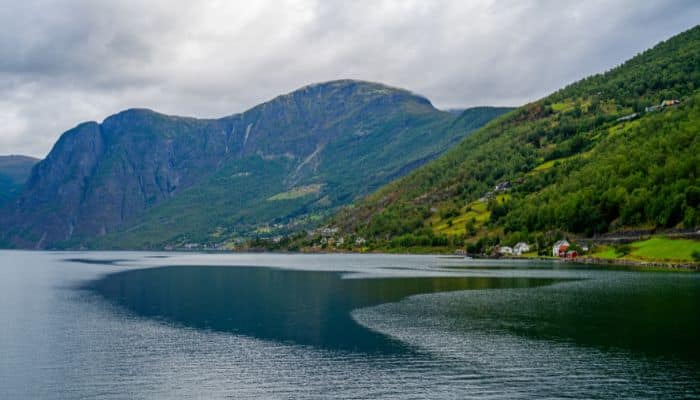
The innermost arm of the Sognefjord is Lustrafjord which gives easy access to the Jotunheimen National Park. Gudvangen is near Nærøyfjord, a branch of the Sognefjord famous for its pristine atmosphere and natural landscape.
Along with Geirangerfjord in Møre og Romsdal, the Nærøyfjord is a UNESCO World Heritage Site.
3. Isfjord, Norway
Isfjord or Isfjorden is 107 km long, making it one of the longest and largest fjords in the Norwegian archipelago of Svalbard. It is on the western side of Spitsbergen Island, which is in the Arctic Ocean between Norway and the North Pole.
To the entrance of the fjord lies Alkhornet Mountain and the coastal plain of Daudmannsøyra.
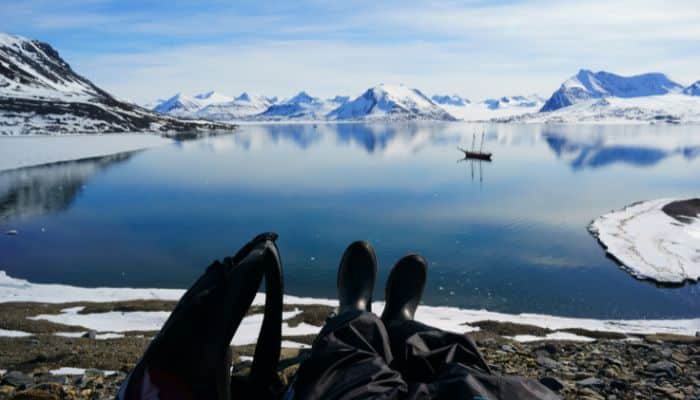
Part of Isfjord is included in Norway’s national parks like Nordre Isfjorden Land National Park. Around it lie many large settlements like Barentsburg, Longyearbyen and Pyramiden.
A Basque whaling ship commanded by Juan de Erauso and piloted by Nicholas Woodcock was the first to establish a whaling station at the fjord in 1612. The next year, french and Dutch whaling ships reached the northern side of the fjord however were eventually driven away by the English. In 1614, the fjord was controlled by them, and they used it as a whaling base till the 1650s.
Today, the fjord is famous for its rich history, traditional settlements and traditions. Its key attribute is that it rarely freezes due to the warm current of the Gulf Stream entering from the west.
Many tours are offered to the fjord, which includes exploring glacier fronts, camping in the valley, mountaineering and observing the tundra, apart from visiting some amazing bird cliffs.
4. Milford Sound, New Zealand
Though called Milford Sound, it’s actually a fjord and not a sound. Situated southwest of South Island inside Fiordland National Park, Pioptahi Marine Reserve and Te Wahipounamu World Heritage site, the place was selected as the most preferred travel destination in an international survey.
Rudyard Kipling called it the 8th Wonder of the World due to its astonishing beauty and marvellous history.
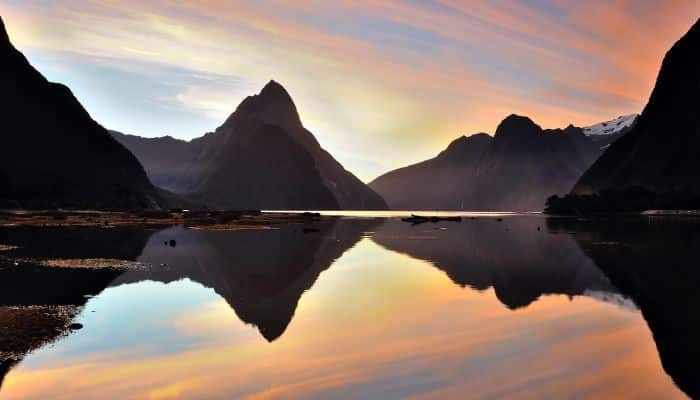
It is 16 km long from its head to the ocean and has a depth of 265 m that reaches 400 m at some places. With a yearly rainfall of 7-9 m, waterfalls and rivers flow into the Milford Sound, replenishing it with fresh water.
It might not be the largest fjord in the world, but it is certainly the most famous one, as it draws over a million tourists every year.
Milford Sound is home to seals, bottlenose dolphins, humpbacks and southern right whales. Penguins are a common sight since it is a breeding spot for Fiordland penguins and has been recognised as an ‘ Important Bird Area by BirdLife International.’
Its surface has a freshwater layer with tannins from the rainforest, which filters the sunlight entering the water, enabling the growth of Black Coral at depths of 10 m.
5. Misty Fjords, Alaska
Misty Fjords National Monument spans 2.3 million acres and is 22 miles east of Ketchikan, across Tongass National Forest, Southeast Alaska. It is an amalgamation of deep fjords, sea cliffs, rainforests, glacier-carved valleys and geological formations like old lava flows and mineral springs.
It is surrounded by steep rocky walls jutting out 3000 ft from the ocean. The major waterway here is the Behm Canal which is over 174 km long.
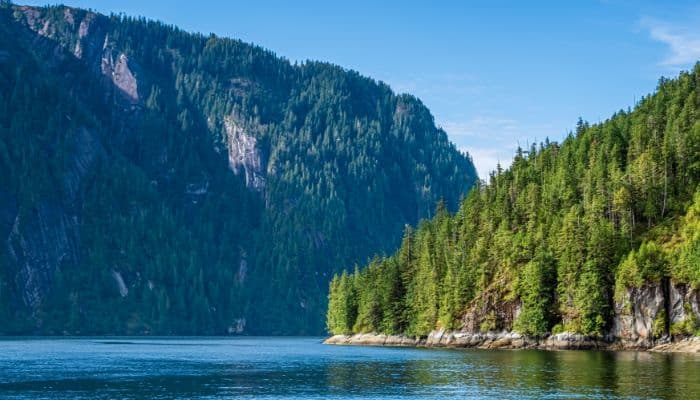
The best way to explore the region is to hike some 1127 km trails. The Misty Fjords are abundant with mountain goats, bears, martens, wolves, otters, sea lions, seals, orcas etc. Birds like herons, bald eagles, puffins, murres etc are also found.
There are 13 public-use cabins within the monument that can be booked in advance. People can go hiking, boating and kayaking here. Kayaks can be rented in Ketchikan, and pick-ups and drop-offs can be arranged along with guided trips.
Ketchikan is the point of departure for cruises and also flightseeing tours.
6. Aisen Fjord, Chile
The geography of southern Chile is characterised by several glaciations that created the stunning landscapes we see today, consisting of inland lakes, pristine channels and majestic fjords.
The Aisen region in southern Chile is a sight to behold. The Laguna San Rafael National Park can be reached only by boat or plane and is the most famous tourist attraction here, comprising some higher mountains of Patagonia.
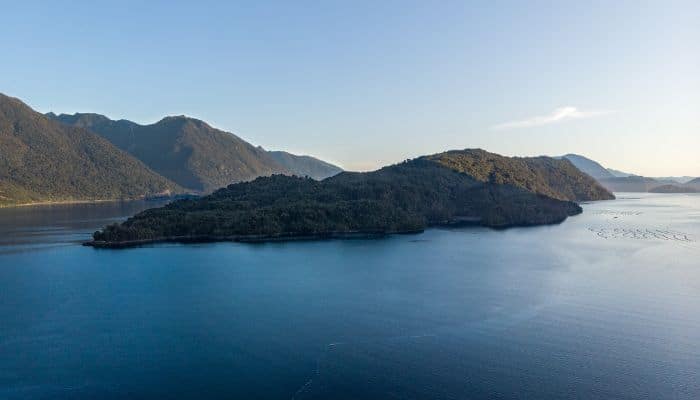
Aisen Fjord stretches 70 kilometres from Moraleda Channel, separating the Chonos archipelago from the Chilean Mainland. It is connected to the open coast of the Pacific Ocean through the Darwin Channel and is fed by the Aysen River.
It was first explored in 1870 by Enrique Simpson, who found it to be a strategic location for accessing more inland locations.
From the 1990s to 2003, there were plans to construct an aluminium smelter at the head of the fjord. However, the project was cancelled due to opposition from salmon farming companies that were worried about water pollution from the smelter.
7. Eyjafjörður, Iceland
Iceland has about 109 fjords, most located on the eastern side and near the northwest peninsula. In the north is a small group of fjords, including the Eyjafjordour lying at the edge of the Arctic Circle.
Eyjafjordour spans more than 60 km from its mouth to the northern capital of Akureyri. Though it is the longest fjord in Iceland, it is not that deep, just 75 m to 110 m approximately.
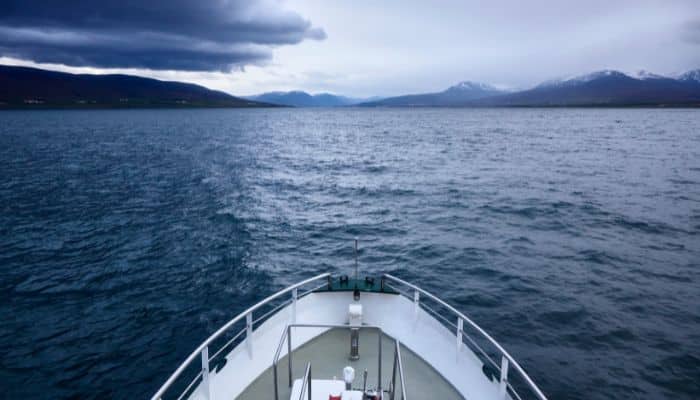
Its shielded and nutrient-rich waters are home to plankton that attracts various whale species like bottlenose, blue whales, minke whales and humpbacks. Many travellers arrive on cruises to observe these majestic creatures and other rare and intriguing wildlife of the region.
Apart from whale watching, one can visit the Hrisey and Grimsey islands in the fjord to experience the essence of Viking culture and traditions.
Ejufjordour (Eyjafjörður) has many hydrothermal vents in shallow waters. One such is the Strytan vent field which was declared an Icelandic Protected Preserve in 2001.
Fjord is surrounded by hills and mountains on both sides, with mountains being taller on the west.
8. Geirangerfjord, Norway
Geirangerfjord is said to be the most beautiful and popular fjord in the world, surrounded by spectacular waterfalls, deserted farms amidst the fjord, steep cliffs and towering mountain peaks.
The fjord is around 260 m deep and spans 15 km or 9.3 miles. It offers many exciting opportunities for adventure lovers, such as hiking, kayaking, rafting and canoeing, biking, ziplining and cruising.
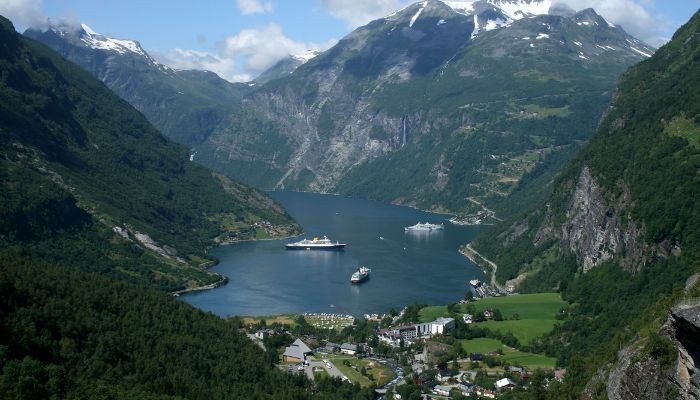
It is known for its evergreen forests and also for possessing some of the clearest and purest water in the world. Due to its immense beauty and popularity, it is a recognised UNESCO World Heritage Site.
Geirangerfjord is being threatened due to the instability of the Akereset Mountains, which could erode into the fjord, forming a devastating tsunami.
9. Howe Sound, Canada
Howe Sound is a triangular network of fjords in western Vancouver and is often said to be North America’s southernmost fjord. The best route to Howe Sound is Route 99, scenic mountain road between Vancouver and Whistler.
It includes numerous islands that welcome guests who want to explore the fjord and know about the region’s history and culture.
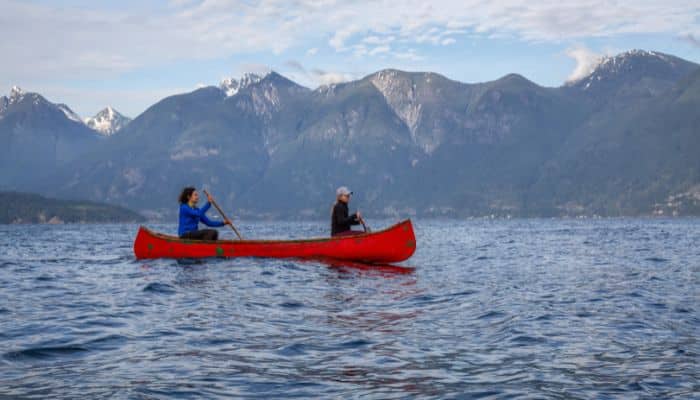
One can go hiking on the islands or float on the water and go kayaking. It is ideal for scuba diving as there are shipwrecks and also vibrant marine life.
The fjord is 42 km long and 285 m deep and has high peaks, exceptional views, hiking trails and several other water activities. It is a fisherman’s paradise since the waters have 9 salmonid species.
10. Doubtful Sound, New Zealand
Doubtful Sound is a huge fjord located on the southwestern end of New Zealand’s South Island in the UNESCO World Heritage Site of Fiordland National Park.
This park has 14 fjords, of which Doubtful Sound is the 2nd largest, best known for its wilderness and wildlife. It is thrice as long and ten times larger than the more accessible Milford Sound.
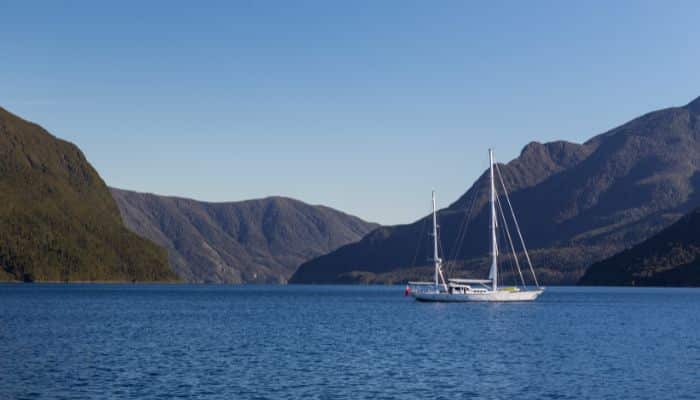
It is 103 km from Milford Sound and spans 40 km, and reaches depths of up to 421 m.
Due to its remote location, one can expect to have a serene and peaceful experience here. Near the fjord are alpine lakes, rainforests, and waterfalls.
It is home to dolphins, New Zealand Fur Seals, Fiordland Crested Penguins, and whales. The fjord and its surrounding area are known for walking paths and hiking trails, having 3 of New Zealand’s Great Walks.
You might also like to read-
- 10 Best Great Lakes Ship Tracker Tools
- 10 Gulf of Martaban Facts You Might Not Know
- 12 Gulf Of Mannar Facts You Might Not Know
- 10 Celtic Sea Facts You Should Know
- 9 Interesting West Philippine Sea Facts You Must Know
- 13 Gulf Of Riga Facts You Must Know
Disclaimer :
The information contained in this website is for general information purposes only. While we endeavour to keep the information up to date and correct, we make no representations or warranties of any kind, express or implied, about the completeness, accuracy, reliability, suitability or availability with respect to the website or the information, products, services, or related graphics contained on the website for any purpose. Any reliance you place on such information is therefore strictly at your own risk.
In no event will we be liable for any loss or damage including without limitation, indirect or consequential loss or damage, or any loss or damage whatsoever arising from loss of data or profits arising out of, or in connection with, the use of this website.
Do you have info to share with us ? Suggest a correction
Disclaimer :
The information contained in this website is for general information purposes only. While we endeavour to keep the information up to date and correct, we make no representations or warranties of any kind, express or implied, about the completeness, accuracy, reliability, suitability or availability with respect to the website or the information, products, services, or related graphics contained on the website for any purpose. Any reliance you place on such information is therefore strictly at your own risk.
In no event will we be liable for any loss or damage including without limitation, indirect or consequential loss or damage, or any loss or damage whatsoever arising from loss of data or profits arising out of, or in connection with, the use of this website.

About Author
Zahra is an alumna of Miranda House, University of Delhi. She is an avid writer, possessing immaculate research and editing skills. Author of several academic papers, she has also worked as a freelance writer, producing many technical, creative and marketing pieces. A true aesthete at heart, she loves books a little more than anything else.
Latest Maritime Knowledge Articles You Would Like:
Daily Maritime News, Straight To Your Inbox
Sign Up To Get Daily Newsletters
Join over 60k+ people who read our daily newsletters
By subscribing, you agree to our Privacy Policy and may receive occasional deal communications; you can unsubscribe anytime.

